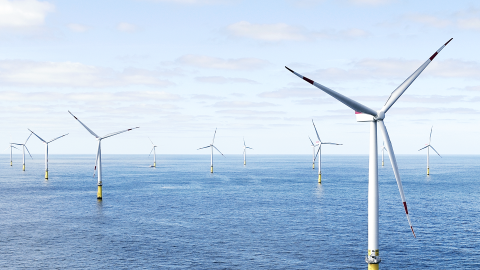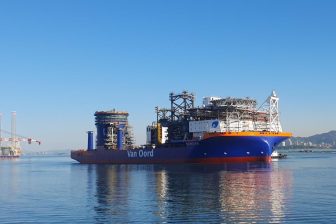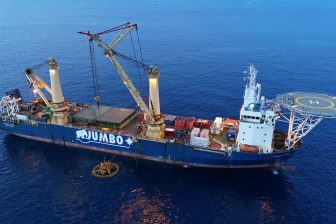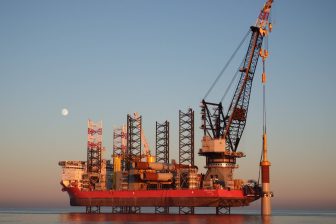
Asia to become dominant market for wind energy, new study shows
PRESS RELEASE – Asia could grow its share of installed capacity for onshore wind from 230 Gigawatt in 2018 to over 2600 GW by 2050, a new report by the International Renewable Energy Agency (IRENA) finds. By that time, the region would become a global leader in wind, accounting for more than 50 per cent of all onshore and over 60 per cent of all offshore wind capacity installed globally.
According to the report “Future of Wind”, published at China Wind Power in Beijing today, global wind power could rise ten-fold reaching over 6000 GW by 2050. By midcentury, wind could cover one third of global power needs and – combined with electrification – deliver a quarter of the energy-related carbon emission reductions needed to meet the Paris climate targets. To reach this objective, onshore and offshore wind capacity will need to increase four-fold and ten-fold respectively every year compared to today.
“With renewables, it’s possible to achieve a climate-safe future,” said IRENA’s Director-General Francesco La Camera. “Low-cost renewable energy technologies like wind power are readily available today, representing the most effective and immediate solution for reducing carbon emissions. Our roadmap for a global energy transformation to 2050 shows that it is technically and economically feasible to ensure a climate-safe, sustainable energy future. Unlocking global wind energy potential will be particularly important. In fact, wind energy could be the largest single source of power generation by mid-century under this path. This would not only enable us to meet climate goals, but it would also boost economic growth and create jobs, thereby accelerating sustainable development.”
The global wind industry could become a veritable job motor, employing over 3.7 million people by 2030 and more than 6 million people by 2050, IRENA’s new report finds. These figures are respectively nearly three times higher and five times higher than the slightly over one million jobs in 2018. Sound industrial and labour policies that build upon and strengthen domestic supply chains can enable income and employment growth by leveraging existing economic activities in support of wind industry development.
But to accelerate the growth of global wind power over the coming decades, scaling up investments will be key. On average, global annual investment in onshore wind must increase from today USD 67 billion to 211 billion in 2050. For offshore wind, global average annual investments would need to increase from USD 19 billion to 100 billion in 2050.
Statistical highlights
The key finding of the report is that Asia will become the dominant player in the wind industry but the study also shows some other interesting statistical highlights.
For instance, the US would be the second-largest player in onshore wind accounting for 23% of global installed capacity. In the offshore industry, however, Europe would topple the US and come in second with a 22% market share.
Within Asia, China would take the lead with 2525 GW of installed onshore and offshore wind capacity by 2050, followed by India (443 GW), Republic of Korea (78 GW) and South-East Asia (16 GW).
Wind turbine size for onshore applications will increase, from an average of 2.6 megawatts (MW) in 2018 to 4-5 MW for turbines commissioned by 2025. Offshore applications will likely increase to 15-20 MW in a decade or two. Floating wind farms could cover around 5-15% of the global offshore wind installed capacity (almost 1 000 GW) by 2050.
The full report “Future of Wind” can be found here.
You just read one of our premium articles free of charge
Register now to keep reading premium articles.




